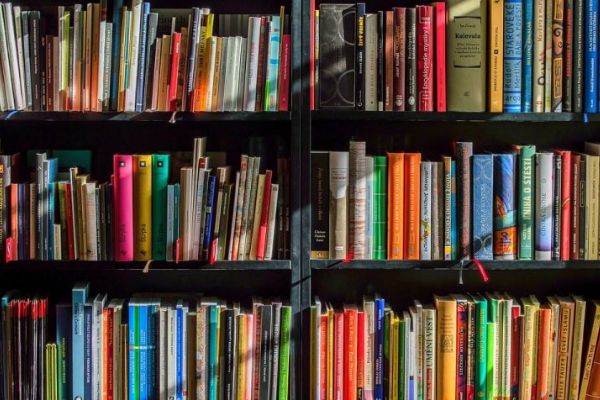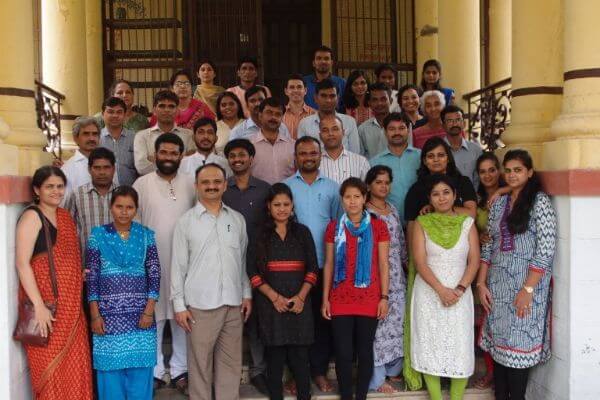
Loading...

Loading...
I grew up in a small sleepy town, with little to do but read books and travel the world through them. So the printed text, the feel of a paperback and the smell of a new book is sacred. The touch and feel of books is especially important for children; books, with their rich illustrations, double spread visuals and good quality paper. The different sizes of books, the fonts used, the illustration type – sketches, oil, pastel, crayon, water colour etc all come alive on paper and publishers spend a lot of time today on designing children’s books. When Parag started exploring the use of technology for getting more children to read, it felt like digitizing books would be sacrilege.
Over the past two years, as I have read, discussed, debated the use of eBooks and how children will negotiate that space, I have stuck to a core belief—Kitablet is not replacing printed books for children. Kitablet is providing another avenue for children to read books. Kitablet is for children who anyways read lots of books, and for children who read a few, and for children not interested in reading.
We have a rich collection of Indian children’s literature from publishers who have done pioneering work to bring Indian, contemporary and contextual stories to children. The animation added to some books is subtle, so that it adds to the reading experience, not distract. With activities, we have tried to extend the story or theme, get children to reflect on what they have read. With read aloud we have chosen stories that need emphasis and tackle important issues.
The Book is central to Kitablet along with the child’s experience of reading and engaging with the book.
Happy Reading!

When I look back at the making of Kitablet, I get reminded of the quote, “It takes a village to raise a kid”. Many organizations and individuals have come together to bring alive Kitablet…

LEC Hindi 2016 participants and the team